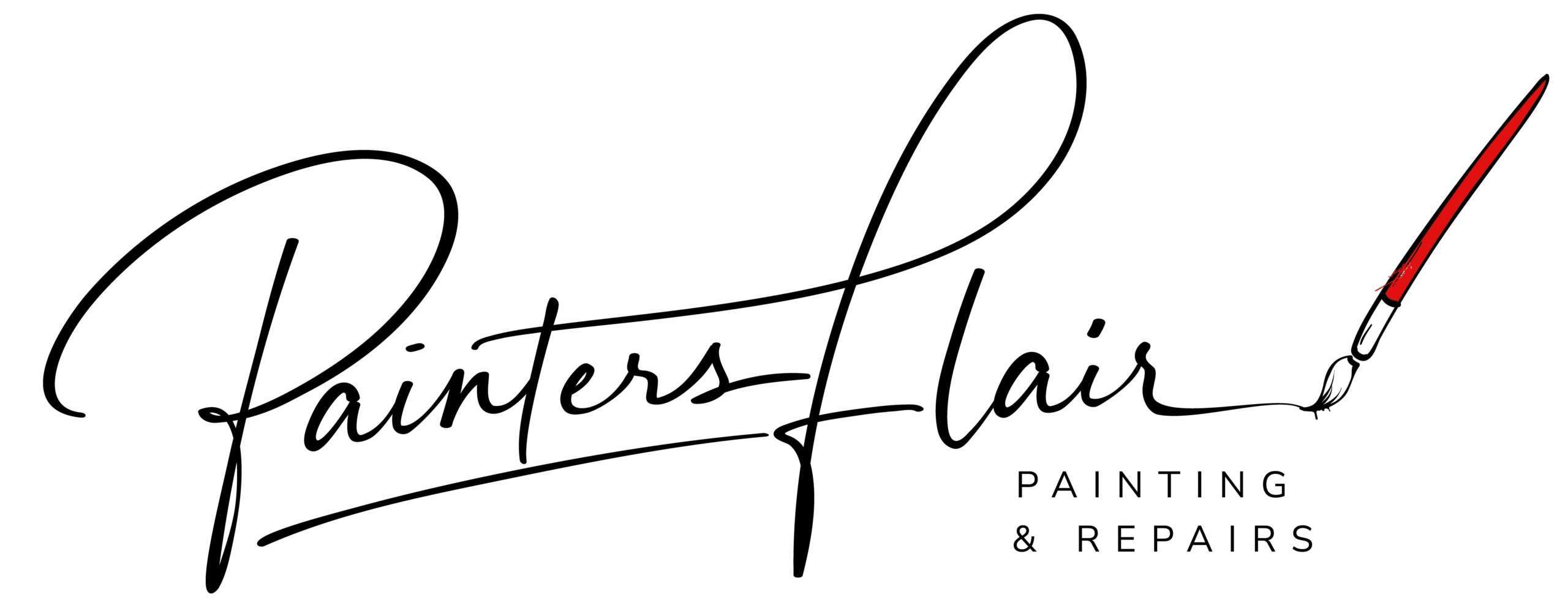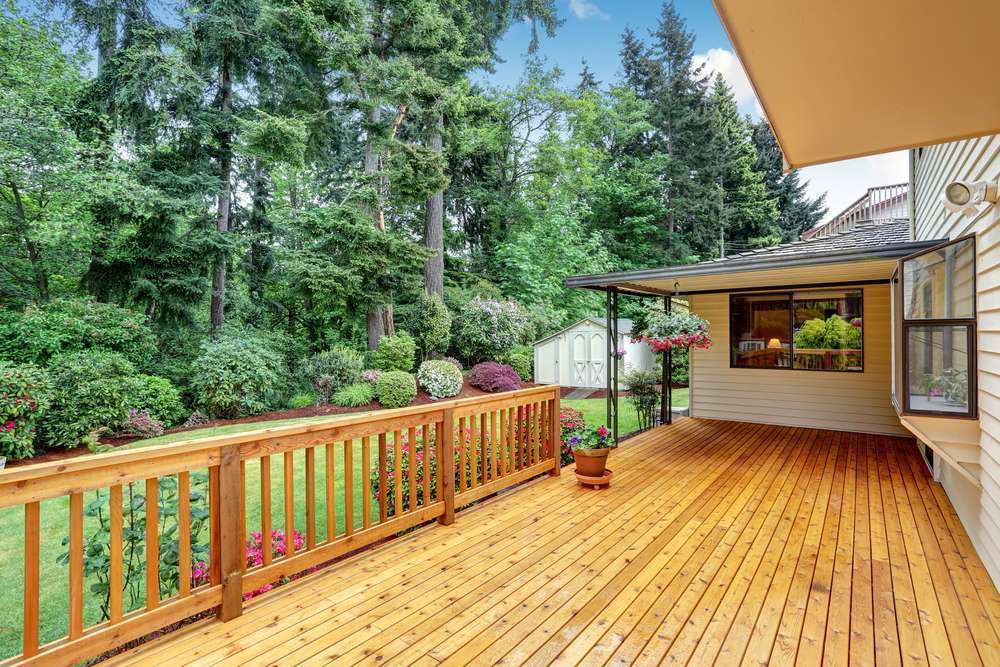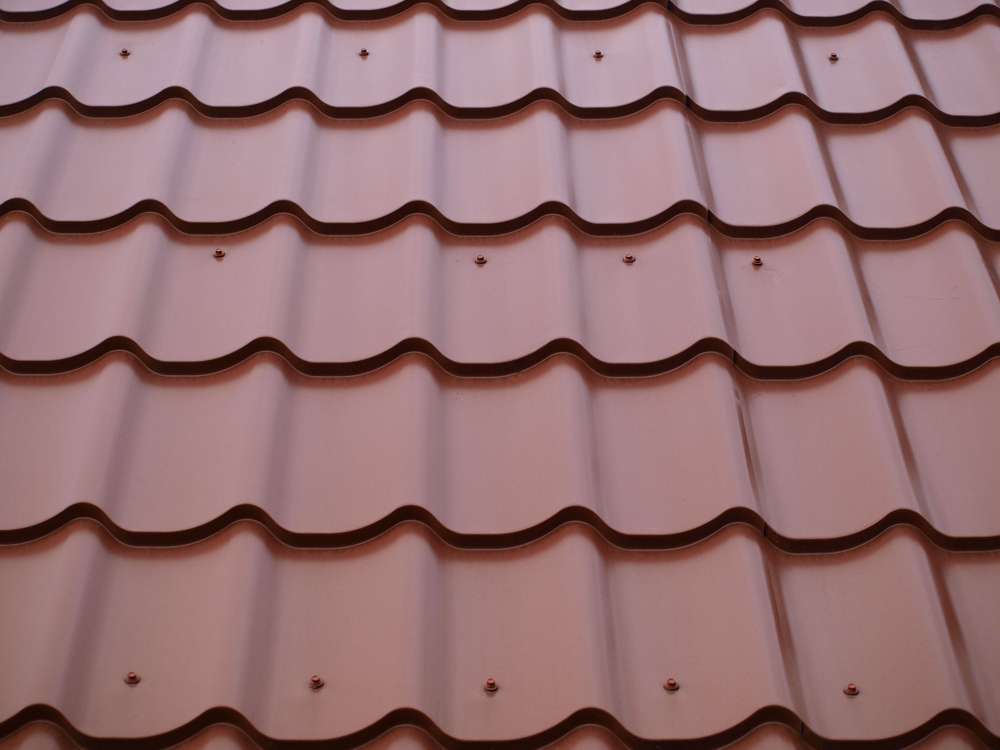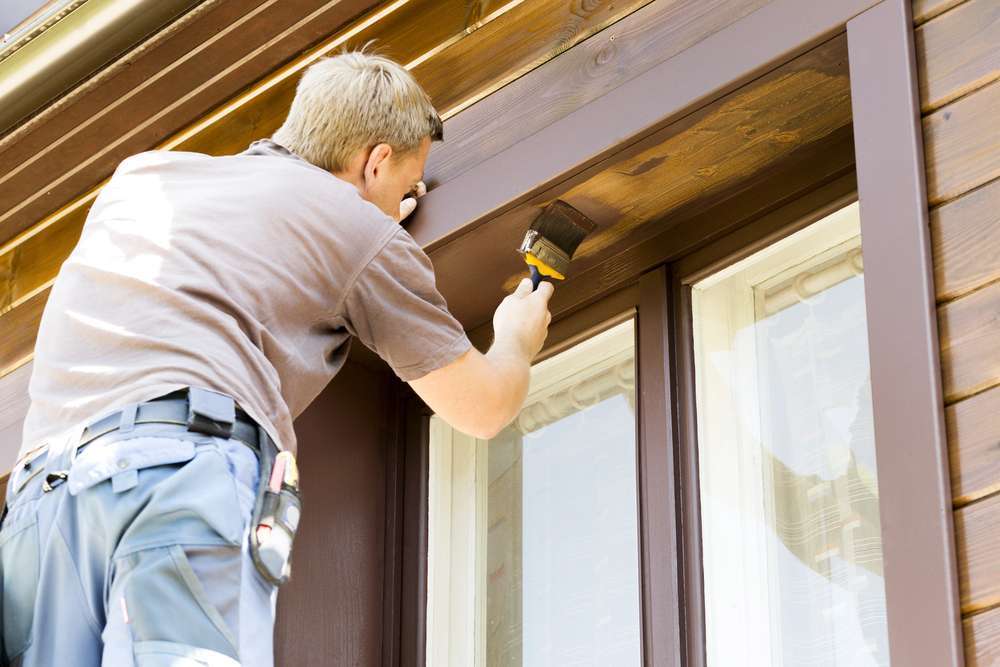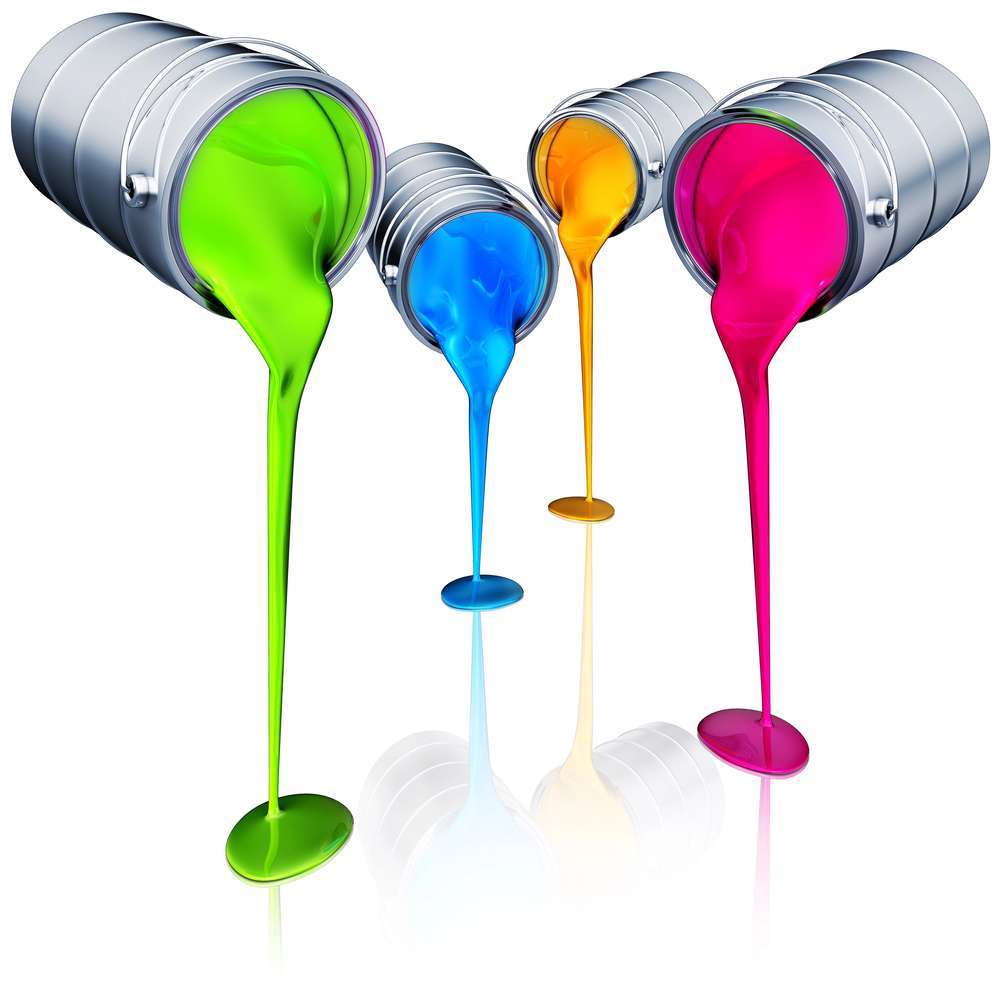
High-quality paints with built-in primer properties offer numerous advantages, making them a superior choice for any painting project. These advanced paint products not only streamline the painting process but also provide enhanced durability, coverage, and safety benefits.
Advantages of Using High-Grade Paint with Primer Properties
When it comes to painting, the quality of the paint can significantly impact the overall finish and longevity of the coating. High-grade paints that incorporate primer properties offer several key advantages:
Enhanced Adhesion and Coverage
Paints with built-in primer are designed to adhere more effectively to various surfaces, resulting in better coverage and a more uniform finish. The primer component creates a strong bond with the substrate, preventing peeling, cracking, or flaking over time. This enhanced adhesion ensures that the paint withstands wear and tear, making it ideal for high-traffic areas.
Time and Cost Savings
Using a paint and primer combination can streamline the painting process by eliminating the need for a separate primer application. This not only saves time but also reduces the overall cost of the project by minimizing the amount of product required. Additionally, the improved coverage of high-grade paints means fewer coats are needed, further contributing to time and cost savings.
Sealing and Protection
Primer properties in high-quality paints help seal porous surfaces, such as bare wood or drywall, effectively preventing the absorption of moisture and other harmful substances. By creating a protective barrier, the primer component enhances the durability of the paint, making it more resistant to stains, mold, and mildew. This added protection prolongs the life of the painted surface and reduces the likelihood of maintenance and repairs.
Uniform Color and Finish
Paint and primer combinations ensure a consistent color and finish, resulting in a professional-looking outcome. By minimizing surface imperfections and discolorations, these advanced paints deliver a smooth, even appearance that enhances the aesthetic appeal of the painted area. Whether applied to interior walls, exterior siding, or other surfaces, the uniformity achieved with high-grade paints creates a polished and inviting space.
Environmental and Health Benefits
Many high-grade paints with built-in primer properties are formulated to be low in volatile organic compounds (VOCs), contributing to better indoor air quality and reduced environmental impact. By choosing paints that prioritize environmental and health considerations, individuals can create safer and more sustainable living and working environments. These eco-friendly paint options also promote a healthier indoor atmosphere for occupants.
Why High-Grade Paint with Primer is Safer to Use
In addition to the performance advantages, high-quality paints with primer properties offer safety benefits that benefit both the application process and the long-term use of the painted surfaces.
Reduced Exposure to Harmful Chemicals
By utilizing a paint and primer combination, individuals can minimize their exposure to potentially harmful chemicals present in separate primer products. This contributes to a safer and more comfortable painting experience, particularly for those with sensitivities or allergies to certain compounds. The reduced chemical exposure aligns with health-conscious painting practices and promotes a healthier indoor environment.
Fire Retardant Properties
Some high-grade paints with built-in primer properties are formulated to include fire retardant additives, enhancing the fire resistance of the painted surfaces. This additional safety feature provides peace of mind and protection against fire hazards, making these paints a preferred choice for residential and commercial applications where fire safety is a priority.
Long-Term Durability and Maintenance
High-grade paints with primer properties contribute to the long-term durability of the painted surfaces, reducing the need for frequent maintenance and recoating. This not only minimizes the potential for exposure to paint-related hazards during future touch-up or renovation projects but also ensures that the painted areas maintain their protective properties over time, contributing to a safer and more resilient environment.
Conclusion
High-quality paints with built-in primer properties offer a comprehensive solution for achieving exceptional results while prioritizing safety and environmental considerations. By harnessing the advantages of enhanced adhesion, time and cost savings, sealing and protection, uniform color and finish, as well as environmental and health benefits, these advanced paints elevate the painting experience and the longevity of the painted surfaces. Furthermore, the safety benefits stemming from reduced chemical exposure, fire retardant properties, and long-term durability reinforce the merits of choosing high-grade paints with primer for a wide range of projects. With their combined performance and safety advantages, these paints stand out as an ideal choice for our painting services superior outcomes and a safer, more durable approach to painting.
